For the last decade, the electric vehicle revolution has been pitched as inevitable. We were told EVs would take over everything. They were the future. They were better in every way. Cleaner. Faster. Smarter. And somehow more virtuous. Governments jumped in with tax credits. Automakers scrambled to retool factories. And investors poured billions into startups that hadn’t even built a working prototype.
But now, the cracks are showing. And they are not just cracks. They are deep structural fault lines. The EV bubble isn’t going to simply pop. It is going to implode inward, violently, and with consequences no one seems ready for.
EVs Were Promised as the Future. But That Future Is Starting to Look Fragile
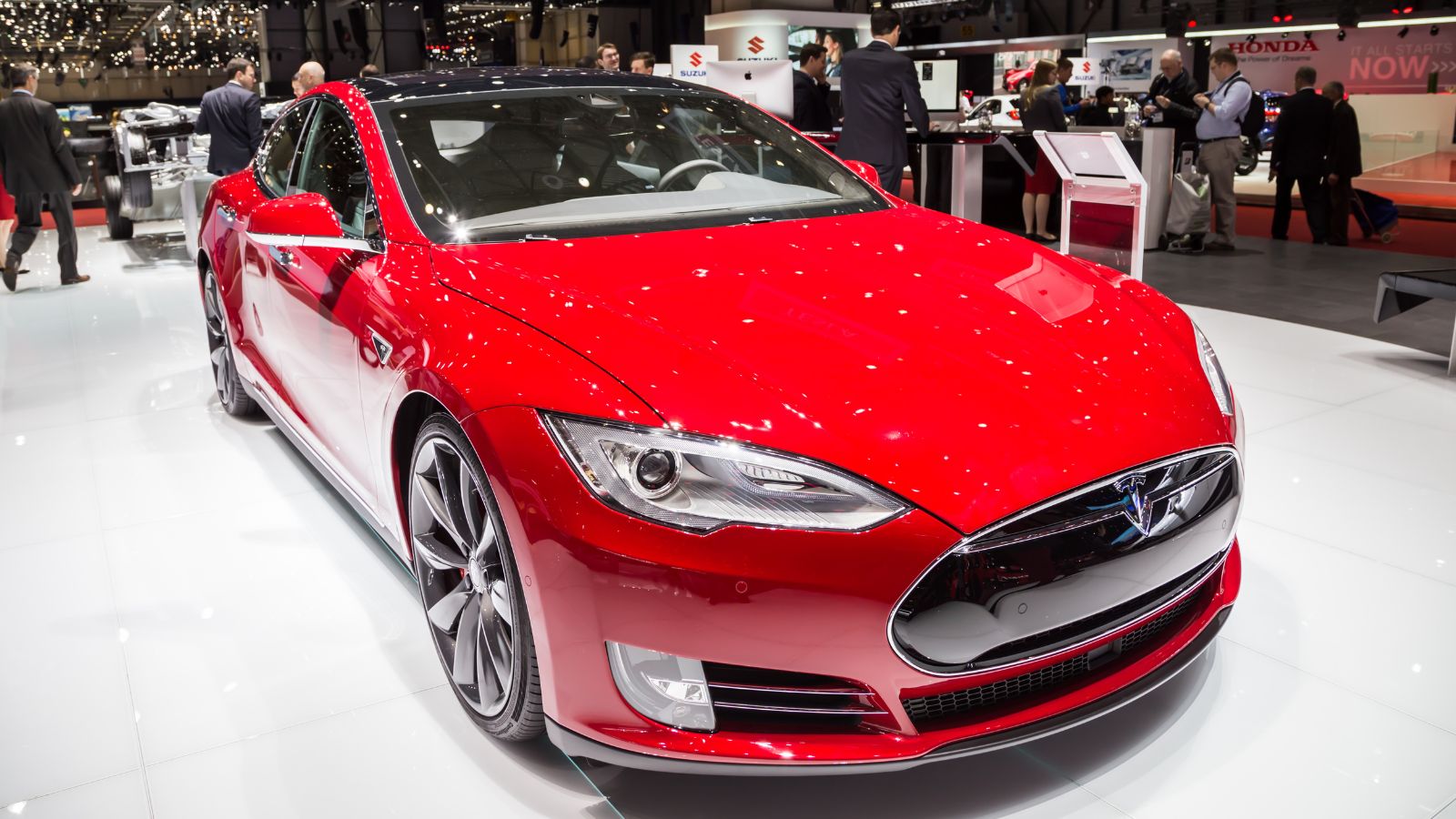
When Tesla launched the Model S, it felt like the iPhone moment for cars. Sleek, digital, fast. Suddenly, everyone wanted a piece of the action. Legacy automakers scrambled to build electric platforms. Newcomers like Rivian and Lucid promised a cleaner, smarter kind of performance.
But somewhere between the glowing headlines and the software updates, we forgot to ask: how sustainable is any of this?
Fast forward to 2024, and the signs are glaring. EV inventory is piling up. Ford has pulled back on F-150 Lightning production. GM has delayed several EV launches. Volkswagen is struggling to sell its ID lineup. Even Tesla — the golden child of the electric age — has begun cutting prices to spark demand. What we are seeing now is not a blip. It is the beginning of something much bigger.
EVs Don’t Last the Way Gas Cars Do — And That’s a Problem
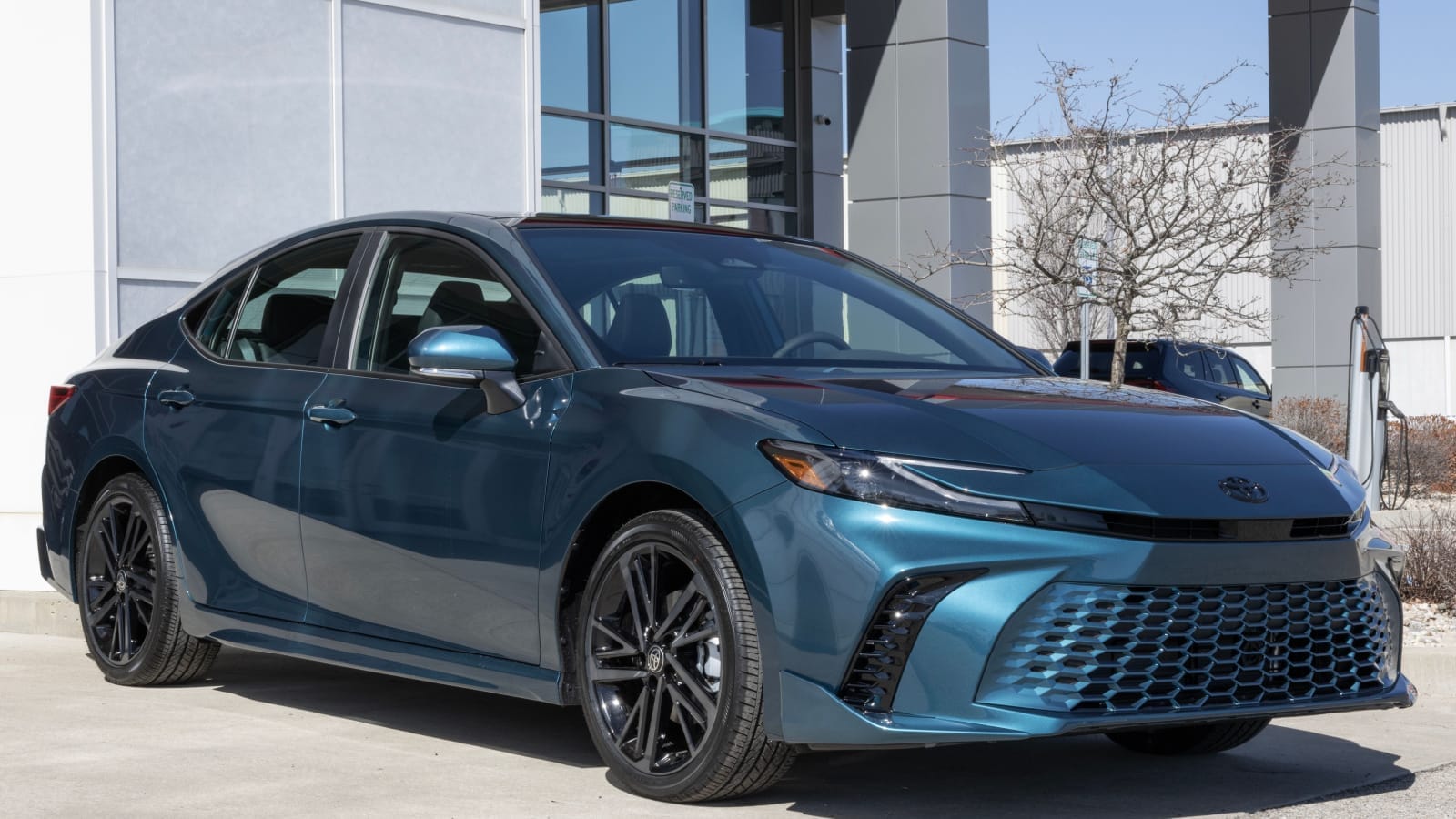
One of the great myths of the electric revolution is that EVs will outlast traditional gas vehicles. Fewer moving parts. Less maintenance. More simplicity. It sounds great on a whiteboard. But in reality, it does not hold up.
Batteries degrade — not theoretically, but in the real world. After eight to ten years, a typical EV battery can lose 20 to 30 percent of its original capacity. That means less range, slower charging, and eventually a vehicle that no longer meets the needs of its owner. Replacing the battery? That can cost more than the car is worth.
Now consider the average gas-powered Toyota Camry or Honda Civic. These cars routinely run for 15 to 20 years with basic maintenance. Fuel pumps, radiators, and alternators, they can all be replaced at a fraction of the cost of a new EV battery pack. EVs, by comparison, are disposable tech wrapped in metal.
Canadian EV Adoption Has Hit the Ice
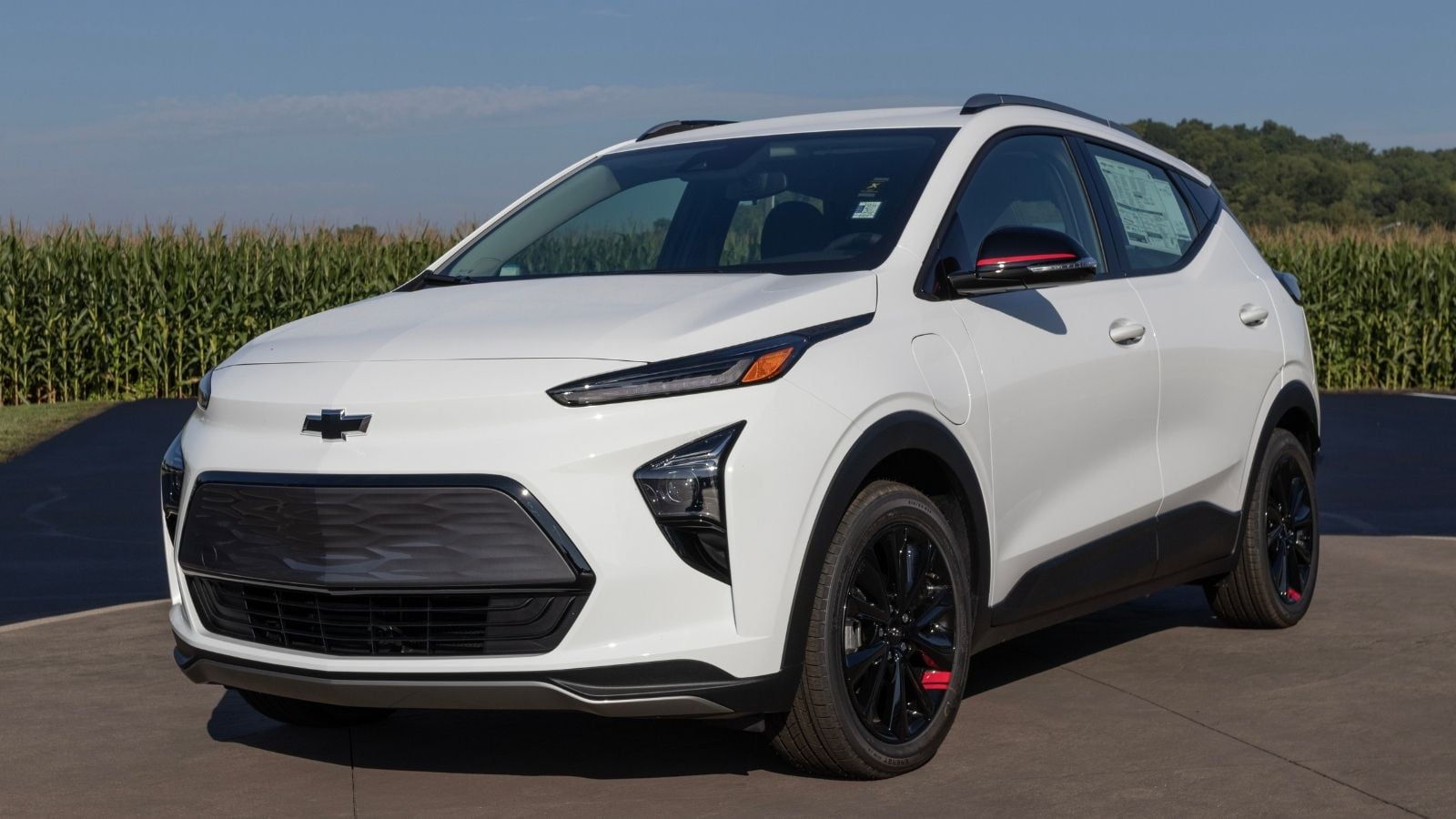
In Canada, EV adoption had momentum. Generous federal and provincial rebates, flashy new models, and an environmental conscience helped push the narrative. Cities like Vancouver and Toronto were flooded with Leafs, Bolts, and Model 3s. But now, the growth is slowing.
According to recent market data, EV sales in Canada are starting to plateau — particularly outside of major urban centers. In cold climates like Alberta, Saskatchewan, and Manitoba, enthusiasm has turned to hesitation. Why? Because Canadians live in the real world. They face winters that crush battery range. Rural roads with sparse charging infrastructure. And electricity rates that are rising faster than inflation.
Add to that the resale value of used EVs, which has been dropping like a stone. Many Canadians are waking up to the fact that their electric car might not age gracefully. In fact, it might not age at all.
The Used EV Crisis Is Coming

In a few years, millions of EVs sold between 2018 and 2023 will start hitting the used market. But unlike used gasoline cars, many of these EVs will arrive with significant battery degradation. And unlike a worn-out transmission, there is no affordable fix for a tired battery. That means the value plummets. And the landfill risk skyrockets.
We are talking about a wave of electronic waste on wheels. And no one seems to be asking what will happen to these vehicles once their batteries fade. Car auctions already report that EVs with expired warranties and weak range are nearly impossible to move. No one wants to inherit a car that might need a $20,000 battery next year.
Charging Infrastructure Is Not Ready — And May Never Be
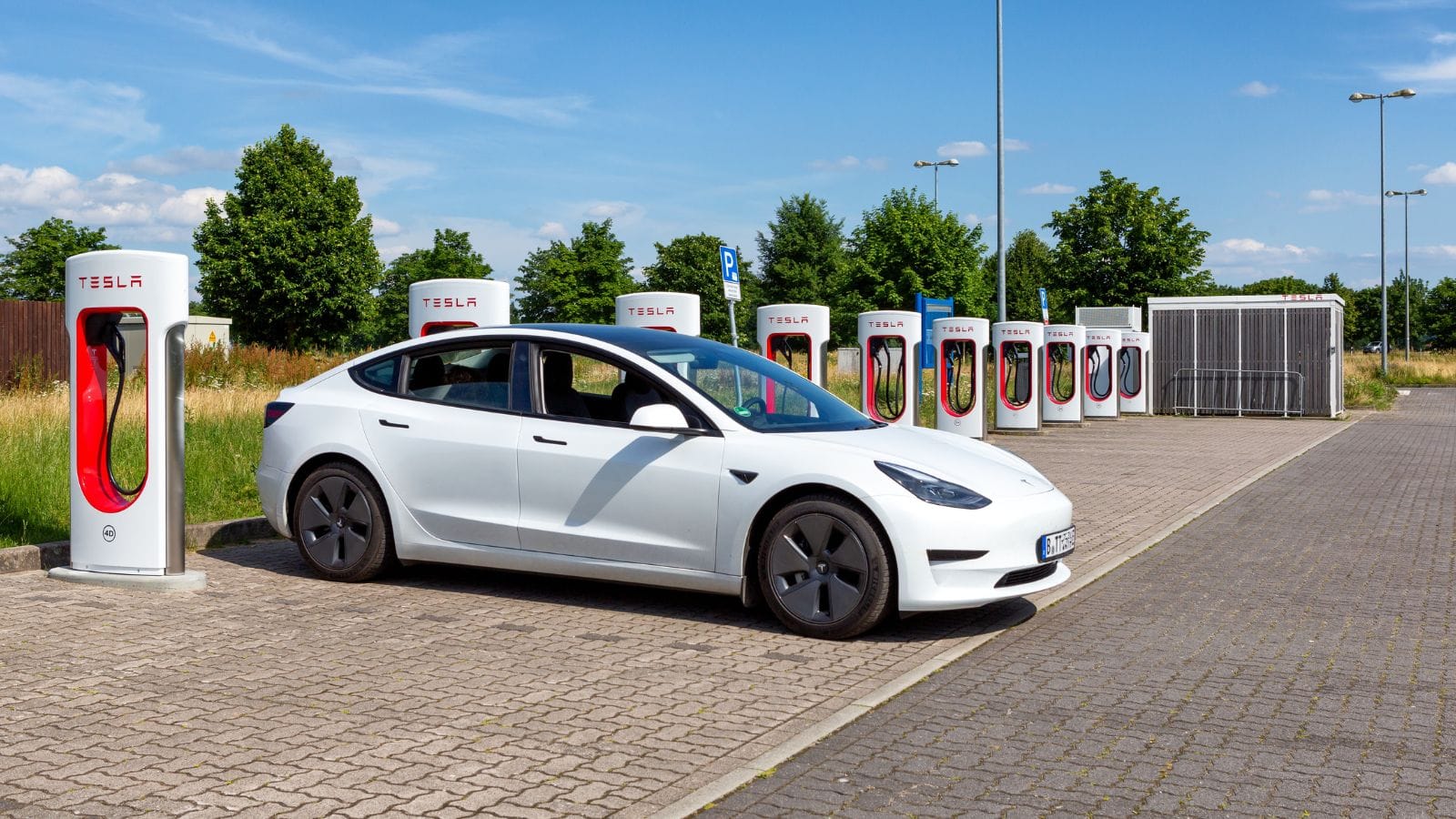
One of the fundamental challenges of EV ownership is charging. Yes, it works — if you live in a city, have a garage, and access to a Level 2 charger. But that is not the reality for a huge portion of the population.
In Canada, where suburban sprawl and rural commutes dominate, most households still rely on street parking or shared spaces. Installing home charging is expensive or impossible. And public charging? It is still patchy, unreliable, and often occupied or broken.
Worse yet, the speed of expansion is not keeping up with demand. The promise of universal charging access has been sold to buyers, but the infrastructure itself is lagging behind the marketing. That disconnect will become even more apparent as more people discover that “owning an EV” and “convenient daily driving” are not always the same thing.
The Economics Just Don’t Work for the Mass Market
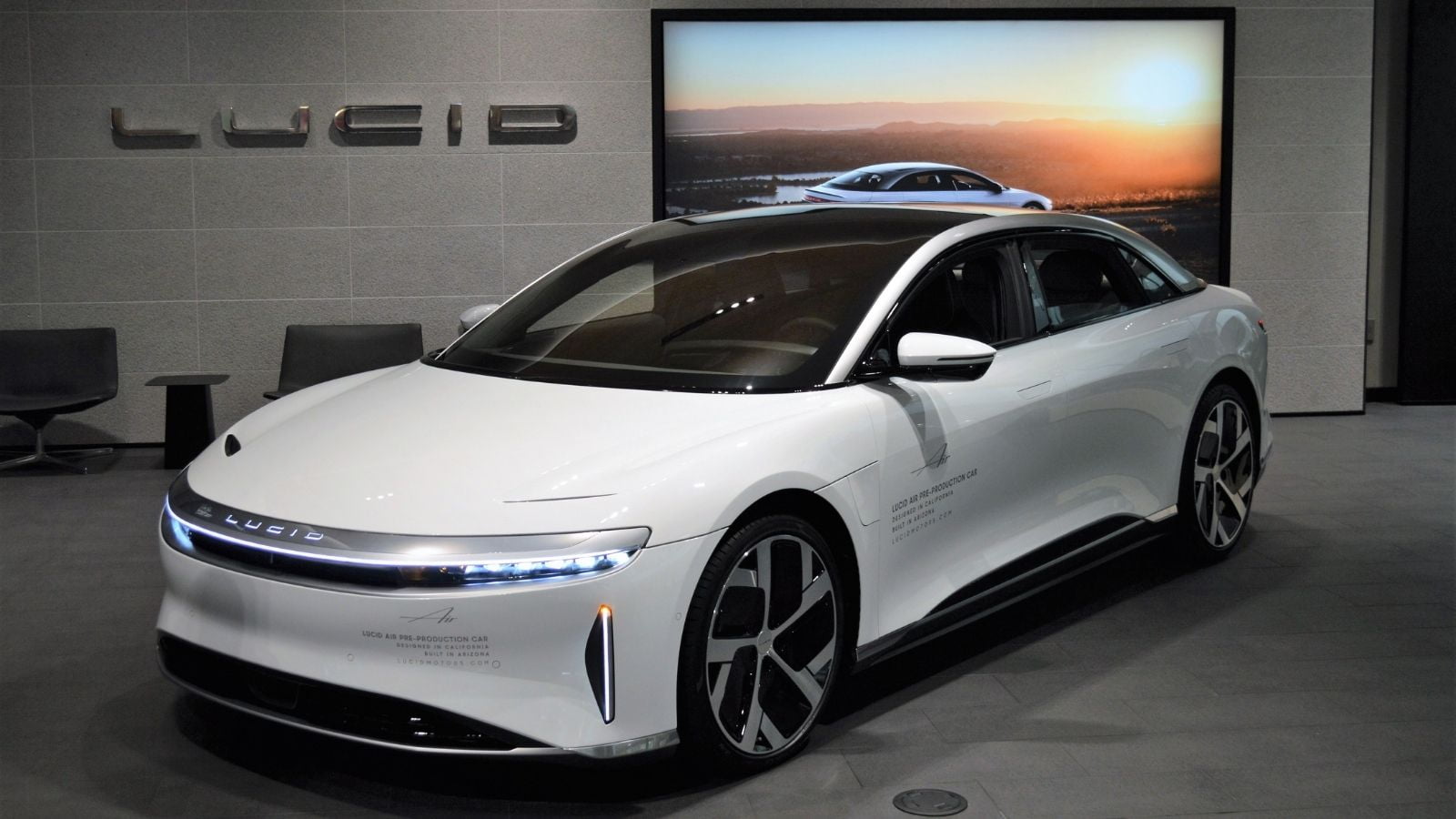
EVs were always expensive to build. But for a while, governments picked up the tab. Tax credits, grants, and incentives made EVs seem attainable. But as those subsidies begin to shrink, the sticker shock is setting in.
Today, the average EV still costs significantly more than its gasoline counterpart. And that price gap is not going away anytime soon. Raw material costs for batteries are volatile. Manufacturing is complicated. And automakers cannot keep losing money on every unit forever.
In Canada, many provinces have already reduced or capped EV incentives. That means the real cost is starting to hit consumers — and it is giving them pause.
A Tech Product with a Shelf Life — Not a Long-Term Machine
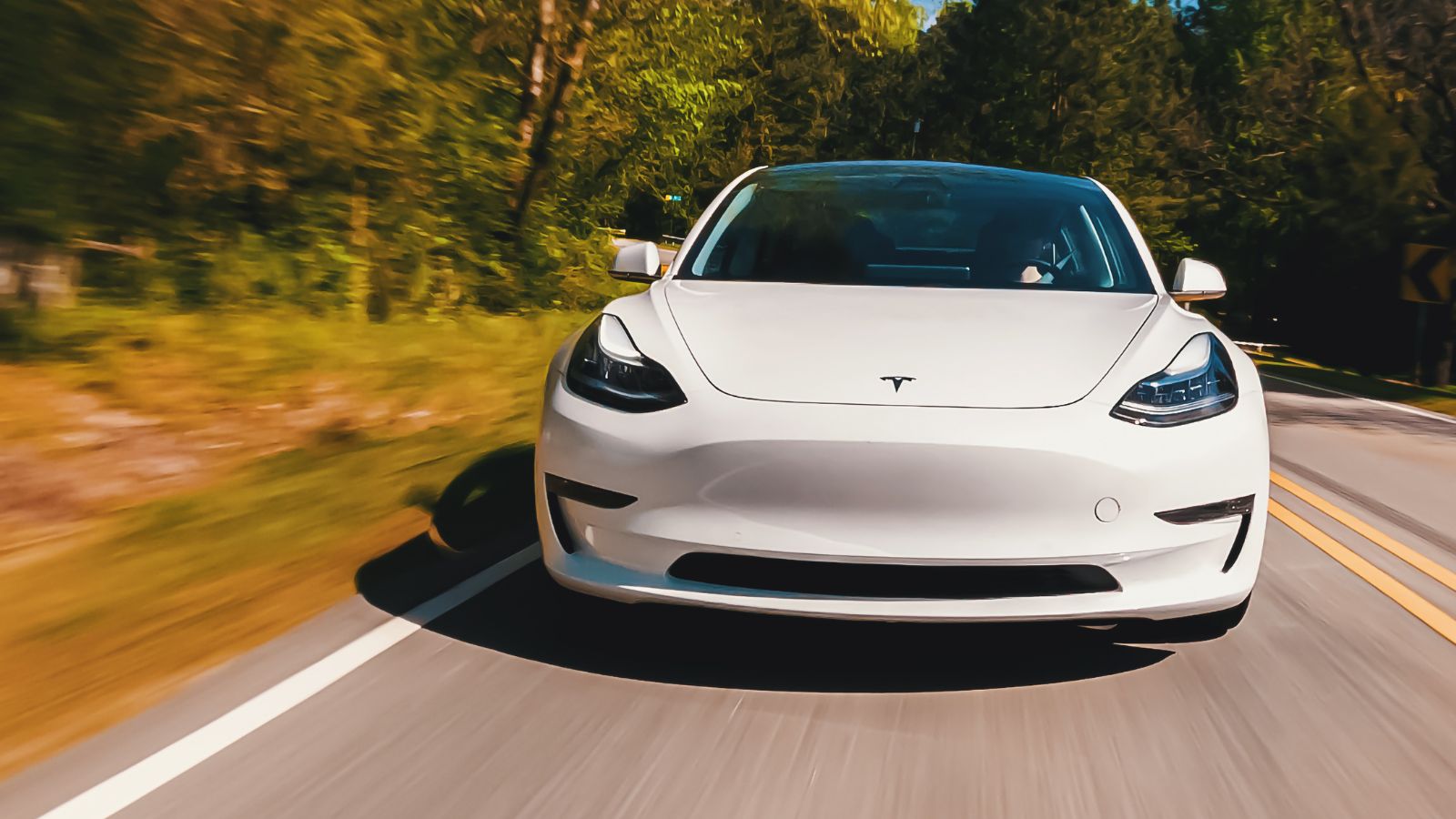
Perhaps the most overlooked reality of EVs is that they behave more like smartphones than cars. They rely on software updates, cloud services, and data connectivity. When that support ends, you are left with a large, immobile device full of bricked tech.
Imagine trying to repair a ten-year-old EV in 2035. The software is obsolete. The app no longer works. The parts are unavailable. The dealership will simply shrug and offer you a trade-in quote that feels like an insult.
This is not a future built on sustainability. It is a future built on accelerated obsolescence.
The Electric Dream Is Facing a Harsh Reality

This is not to say EVs are going away tomorrow. They have their place. They are fast, quiet, and ideal for specific urban use cases. But the idea that they will completely replace gas vehicles? That they are superior in every way? That they are the future of all transportation?
That narrative is cracking.
The EV market will not explode into universal dominance. Instead, it will implode under the weight of overpromising, battery limitations, infrastructure gaps, and consumer disillusionment. And when that collapse happens, the industry will not have a backup plan.
Because in the rush to electrify everything, we forgot the lessons that made internal combustion great: longevity, serviceability, and real world usability.
Maybe it is time we stopped trying to kill the gas engine — and started asking why it worked so well for so long.
21 Products Canadians Should Stockpile Before Tariffs Hit

If trade tensions escalate between Canada and the U.S., everyday essentials can suddenly disappear or skyrocket in price. Products like pantry basics and tech must-haves that depend on are deeply tied to cross-border supply chains and are likely to face various kinds of disruptions
21 Products Canadians Should Stockpile Before Tariffs Hit
